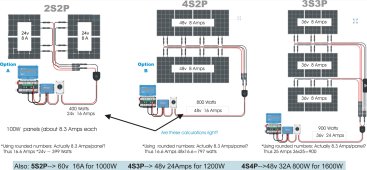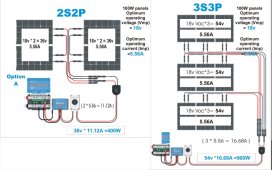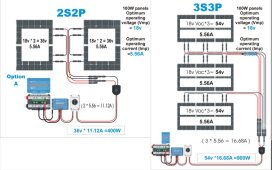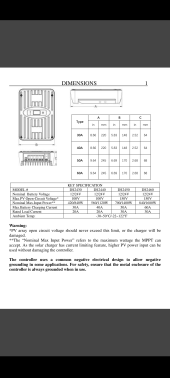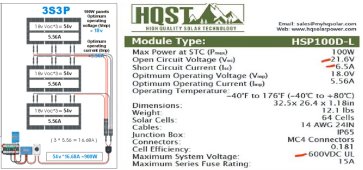Pi Curio
Sunlicious
I find this HQST 150V 60A !! also very interesting. Looks great too. https://hqsolarpower.com/60a-negati...charge-controller-with-bluetooth-lcd-display/
It supports 12/24/36/48V and up to two SCCs in parallel.
Woopping 900W @12V for 200$ ish at sale.
Would love to try it out. If its good, would make it a lot easier to recommend a more economical yet capable quality SCC within a certain budget.
It supports 12/24/36/48V and up to two SCCs in parallel.
Woopping 900W @12V for 200$ ish at sale.
Would love to try it out. If its good, would make it a lot easier to recommend a more economical yet capable quality SCC within a certain budget.



